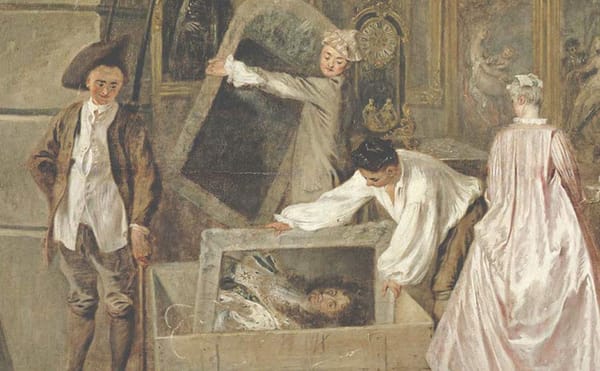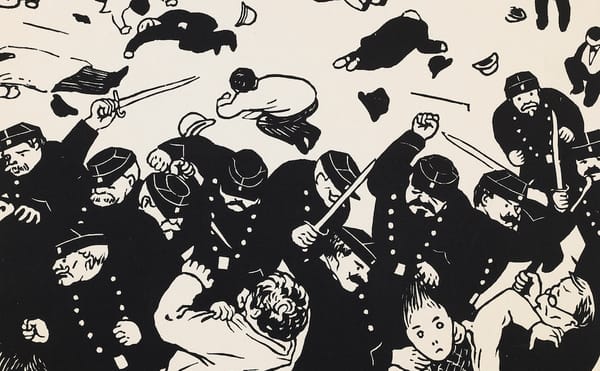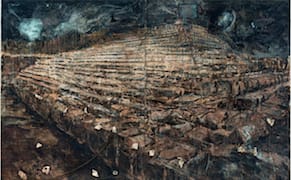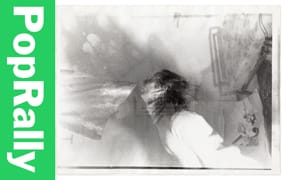
Books
How Painting Survives in the Digital Era
In her new book, The Love of Painting: Genealogy of a Success Medium, critic Isabelle Graw ruminates on how painting remains omnipresent within the contemporary capitalist system and digital economy.

Books
In her new book, The Love of Painting: Genealogy of a Success Medium, critic Isabelle Graw ruminates on how painting remains omnipresent within the contemporary capitalist system and digital economy.

Art
I remember David Zwirner Gallery back in the 1990s, before Chelsea, when the New York art world was much smaller and more manageable.

Art
In Soulèvements, an ahistorical exhibition of art made for and about acts of protest, works either make their political agendas self-evident or embed them in their formal properties.

Art
PARIS — Anselm Kiefer’s swashbuckling, material-laden, paint-encrusted canvases and “alchemical” vitrines supposedly transport us into thick intellectual zones of passion for German history and land.

Art
COLOGNE, Germany — Sigmar Polke was based in Cologne for over 30 years before he died there in 2010 at age 69, and his Alibis: Retrospective brings his body of work home to rest.

Art
From Baudelaire's 1859 dismissal of photography on down, the image-culture of the petit bourgeois "mob" has long served as a provocation to artistic thought, a relationship that reached its most literal apogee in the West with the Pop Art of the 20th century.

Hyperallergic
Last Wednesday, the Museum of Modern Art's latest PopRally, Decoding Alibis, filled the galleries of the institution's massive Sigmar Polke retrospective. Sponsored by Hyperallergic, the event offered a new and interactive way to view Alibis: Sigmar Polke 1963–2010.

Art
Join PopRally for Decoding Alibis, an interactive evening exploring the retrospective Alibis: Sigmar Polke 1963–2010.

Art
The Museum of Modern Art’s current offerings include, just possibly, the world’s most brilliant student of a certain kind of art. The student would be the German postmodernist Sigmar Polke (1941–2010), and the work in question would be pieces dating from after approximately 1960, when art was turnin

Art
A little more than a week after sitting on a short, narrow bench and watching a video projection of Sigmar Polke’s 34:38-minute 16mm film, “Quetta’s Hazy Blue Sky (Quetta’s blauer dunstiger Himmel)/ Afghanistan-Pakistan” (c. 1974-76), I returned to the exhibition, Alibis: Sigmar Polke 1963-2010, cur

Art
A generic survey of New York’s Lower East Side galleries [http://www.artcat.com/neighborhoods/6], perused at random on the first week of November, 2010, including observations from a viewer completely outside the art world. Jerry Saltz often ridicules artists for not going to see enough shows [http: